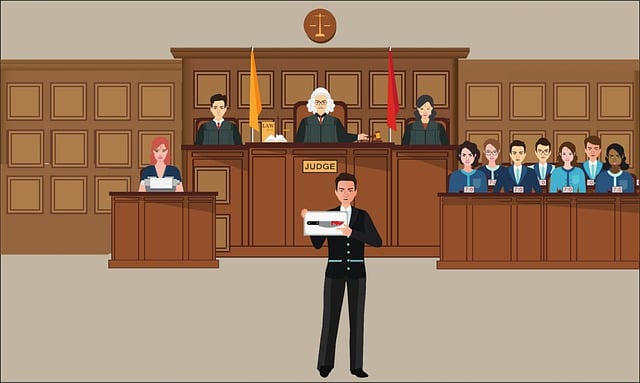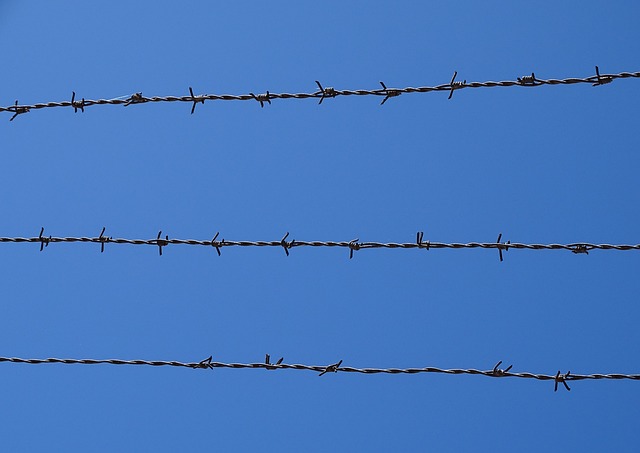DUI laws, despite penalties, can be mitigated through legal strategies and loopholes, impacting public safety and insurance rates. Timing of field sobriety tests and breathalyzer readings is a key gap, affecting charges for elevated BAC levels. State-by-state variations in Insurance Rate Adjustments after DUI exist, with automatic premium hikes in some states versus lenient adjustments or exemptions based on driving history and safety course completion. Legal reforms aim to hold negligent drivers accountable by implementing mandatory insurance requirements and rate adjustments post-DUI, promoting responsible behavior and equitable risk distribution. Significant increases are expected immediately after a DUI conviction, but clean records can lead to gradual rate reductions over time. Stricter insurance requirements, including higher liability coverage, serve as financial deterrents for repeat offenses.
In many jurisdictions, individuals facing DUI charges often exploit legal loopholes to avoid significant insurance consequences. This practice not only undermines safety efforts but also shifts financial burdens onto responsible drivers. Understanding these loopholes and their impact is crucial in navigating the post-DUI insurance landscape. Recent legal changes aimed at closing these gaps are reshaping insurance rates, ensuring that DUI offenders contribute fairly. This article explores these transformations, focusing on Insurance Rate Adjustments after DUI, and highlights the broader benefits for safer roads.
- Understanding DUI Loopholes and Their Impact
- Legal Changes: Closing Insurance Gaps
- Effect on Drivers: Rate Adjustments Explained
- Safer Roads: Post-DUI Insurance Reforms
Understanding DUI Loopholes and Their Impact

DUI (Driving Under the Influence) laws are complex, and their enforcement can sometimes leave gaps that individuals take advantage of. These loopholes can have significant implications, not just for public safety but also for insurance rates. After a DUI conviction, drivers often face strict penalties, including license suspension, fines, and mandatory alcohol education or treatment programs. However, some legal strategies and procedural nuances can be exploited, leading to reduced charges or even dismissal.
One notable loophole involves the timing of field sobriety tests and breathalyzer readings. If there’s a delay between these tests, the results might not accurately reflect the driver’s intoxication level at the time of driving. This has led to instances where individuals with elevated BAC (Blood Alcohol Content) levels have had their charges reduced or dismissed due to procedural errors. Moreover, variations in state laws regarding insurance rate adjustments after DUI play a crucial role. Some states have stricter regulations that automatically raise insurance premiums upon a DUI conviction, while others allow for more lenient adjustments or even no increase if certain criteria are met, such as completing traffic safety courses or having a clean driving record post-conviction.
Legal Changes: Closing Insurance Gaps

Many regions are closing insurance gaps by implementing legal changes, particularly in response to high-risk behaviors like driving under the influence (DUI). These reforms often involve mandatory insurance requirements and rate adjustments for individuals convicted of DUI. Insurance rate adjustments after DUI aim to ensure that offenders bear a fair share of the financial burden caused by their actions, reflecting both the increased risk they pose on the road and the associated costs of claims.
Such changes can include surcharges or restrictions on coverage options, encouraging responsible driving behavior while holding accountable those who engage in negligent activities. By adjusting insurance rates for DUI convictions, regulatory bodies aim to promote public safety and ensure that the financial responsibility for potential accidents is distributed equitably among all drivers.
Effect on Drivers: Rate Adjustments Explained

After a DUI (Driving Under the Influence) conviction, insurance rate adjustments come into play, significantly impacting drivers’ premiums. These adjustments are necessary to account for the increased risk associated with insuring individuals who have been found guilty of driving while impaired. Insurance companies use complex algorithms to calculate these rates, considering various factors such as age, driving history, and the specific details of the DUI offense.
The effect on drivers is twofold; first, those with a DUI on their record will likely see a substantial increase in their insurance rates compared to their previous levels. This change reflects the higher potential risk posed by these drivers. However, over time, as drivers maintain a clean driving record post-DUI, they may experience gradual rate reductions as insurers recognize their improved behavior and risk profile.
Safer Roads: Post-DUI Insurance Reforms

The post-DUI (Driving Under the Influence) era has seen a significant shift in insurance regulations, focusing on making roads safer for all. One notable change is the implementation of stricter insurance requirements for individuals convicted of DUI offenses. These reforms aim to deter potential drunk drivers by significantly increasing Insurance Rate Adjustments after DUI. The heightened rates serve as a powerful financial deterrent, encouraging responsible driving behavior and potentially reducing repeat offenses.
Furthermore, these new regulations require offenders to carry higher levels of liability coverage, ensuring adequate compensation for any damages caused in future accidents. Such measures not only protect victims but also promote a culture of accountability among drivers. With these Insurance Rate Adjustments after DUI, the insurance industry plays a crucial role in supporting road safety initiatives and holding reckless drivers accountable for their actions.
The closing of DUI loopholes has significantly enhanced road safety by ensuring that offenders face consequences that include adequate insurance coverage. Legal reforms aimed at addressing insurance gaps have resulted in fairer rate adjustments for drivers, promoting a more responsible driving environment. These changes not only protect victims of DUI incidents but also encourage safer driving practices among all road users.






